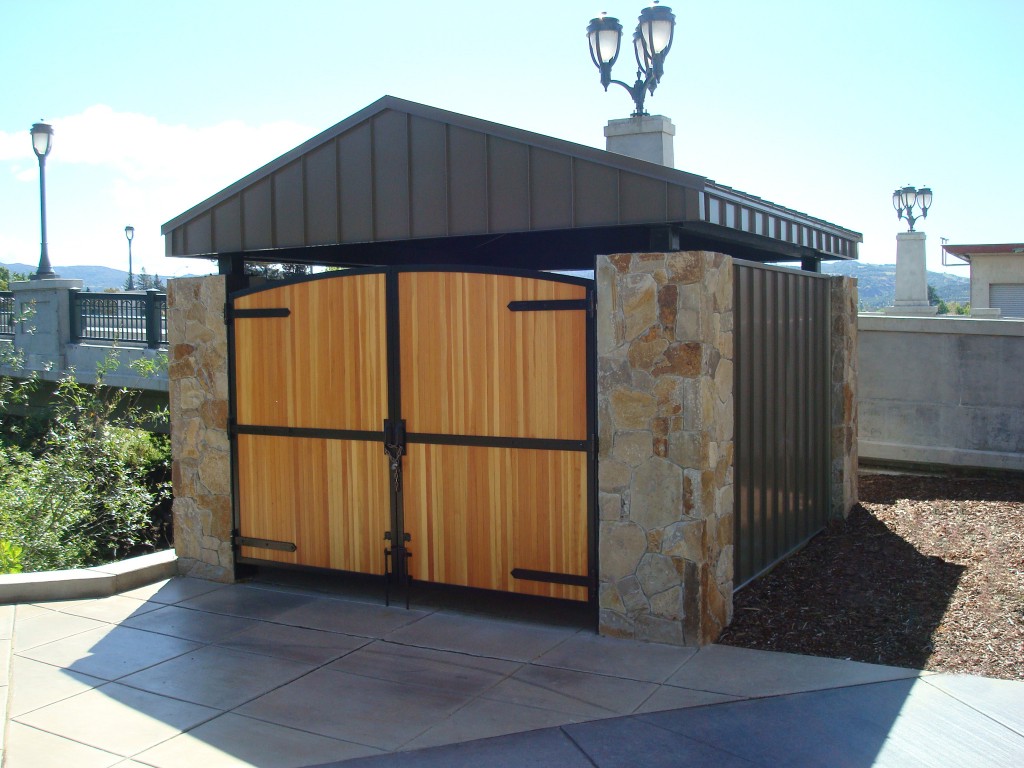globe trekker
REGISTERED
- Joined
- Oct 19, 2009
- Messages
- 1,739
Greetings to all!
In my AHJ, our sanitary sewer system rates are charged upon volume amounts. Because rainwater
is entering the system, through some of the trash dumpster pad - floor drains, naturally the
charges are higher. Presently we are still requiring floor drains in the dumpster pads to catch any
liquid wastes that spills out when the dumpsters are emptied.
QUESTION # 1: Do any of you require floor drains in the trash dumpster areas, for spill
containment?
QUESTION # 2: If no floor drains, how do you address spill containment in these areas?
QUESTION # 3: How does your jurisdiction address limiting rainwater in to the sanitary sewer
system?
Thank you for your input!
.
In my AHJ, our sanitary sewer system rates are charged upon volume amounts. Because rainwater
is entering the system, through some of the trash dumpster pad - floor drains, naturally the
charges are higher. Presently we are still requiring floor drains in the dumpster pads to catch any
liquid wastes that spills out when the dumpsters are emptied.
QUESTION # 1: Do any of you require floor drains in the trash dumpster areas, for spill
containment?
QUESTION # 2: If no floor drains, how do you address spill containment in these areas?
QUESTION # 3: How does your jurisdiction address limiting rainwater in to the sanitary sewer
system?
Thank you for your input!
.





